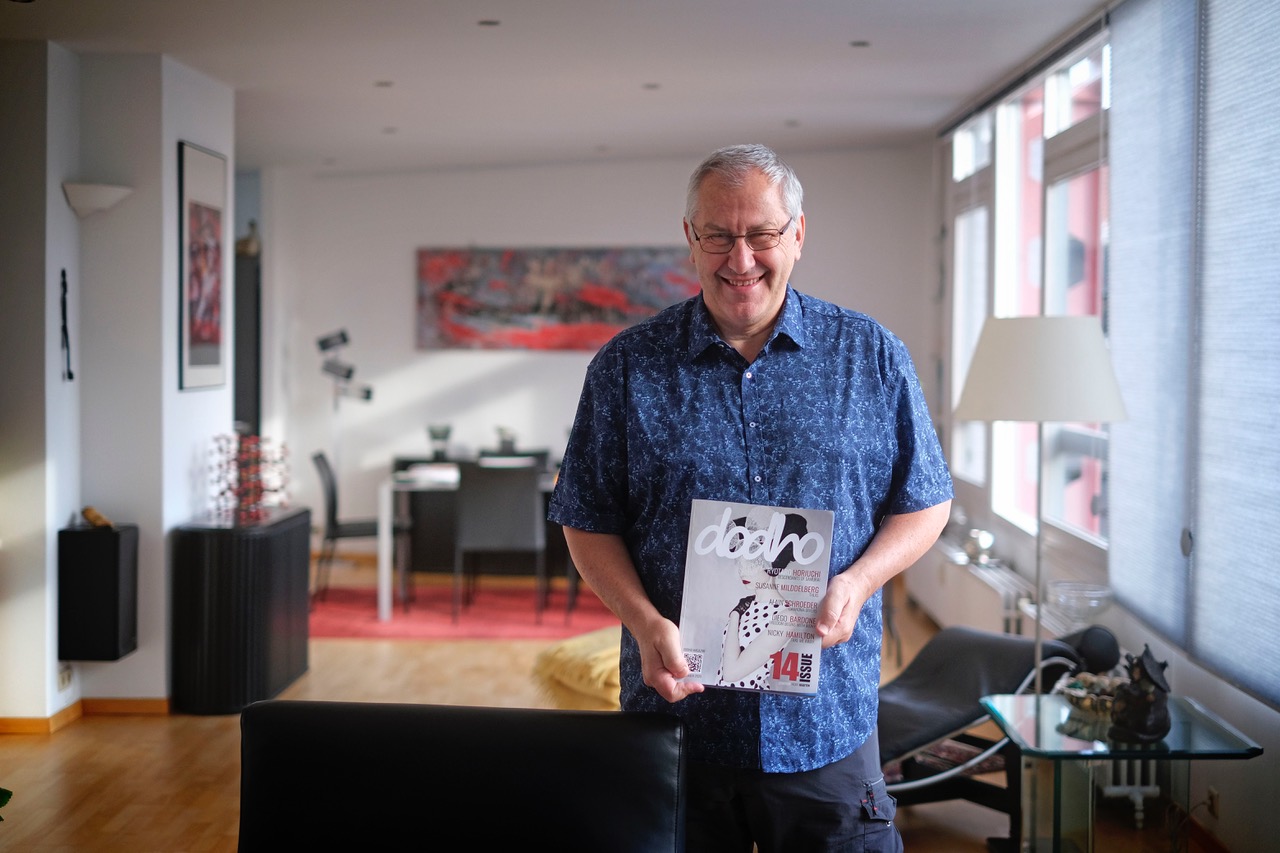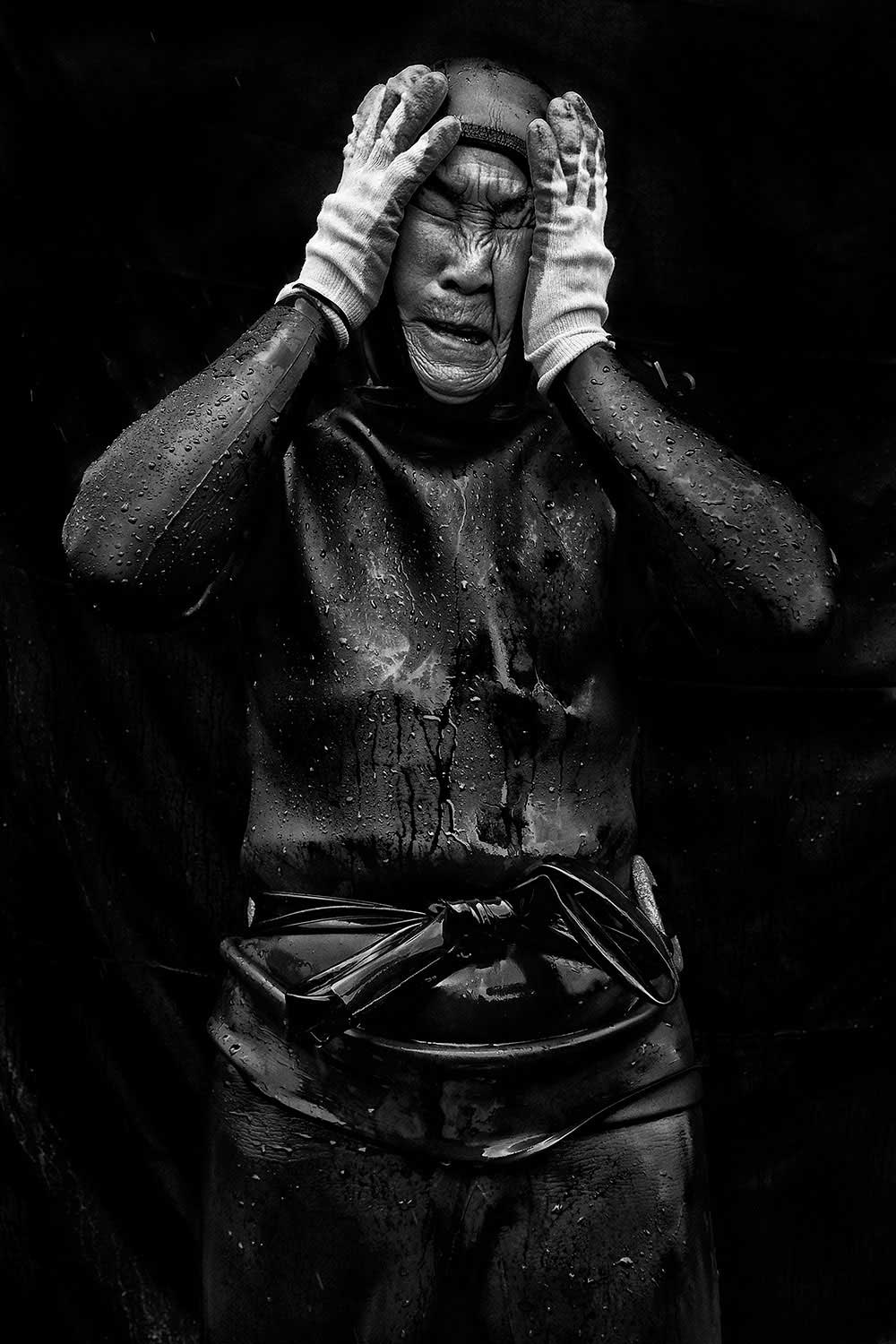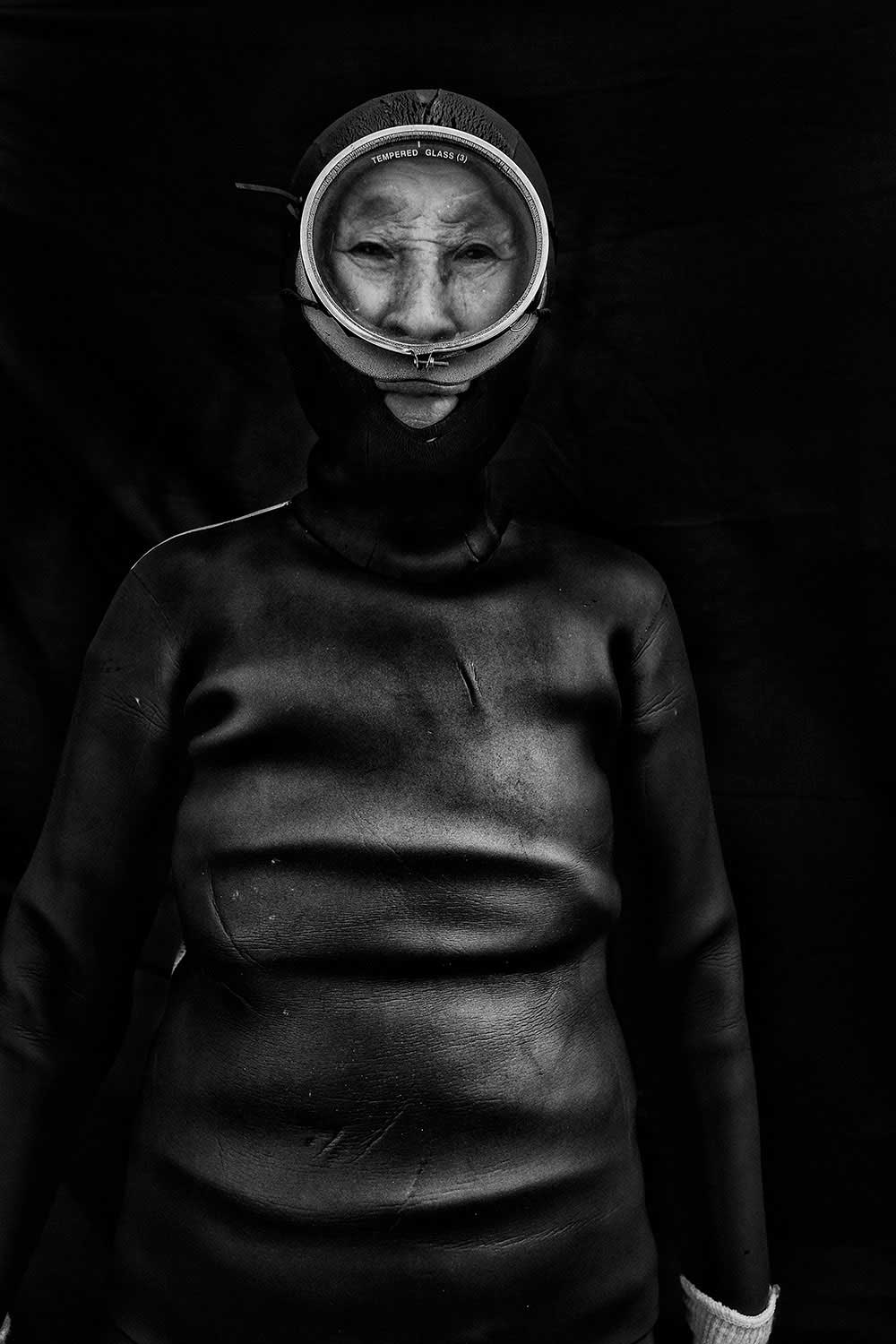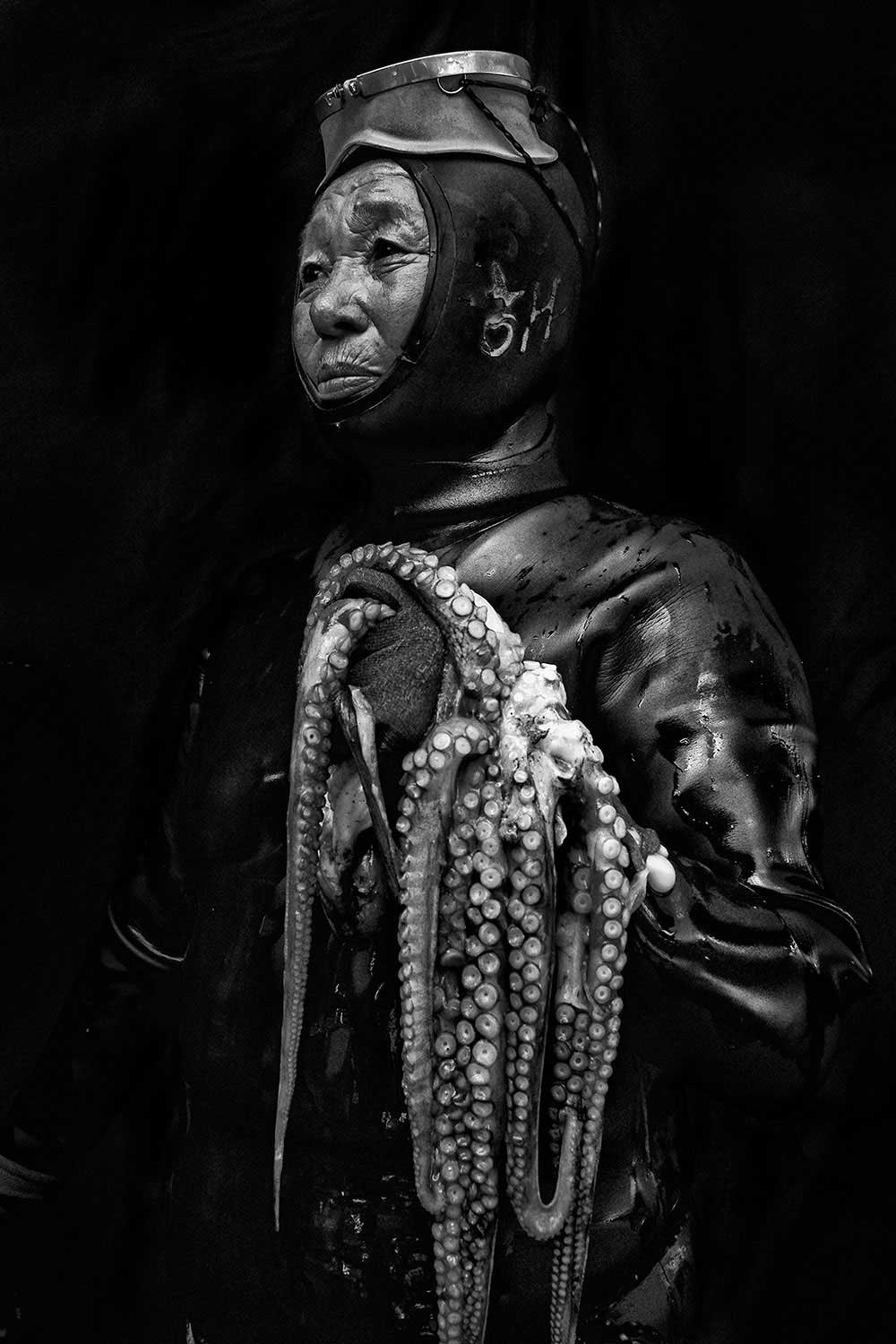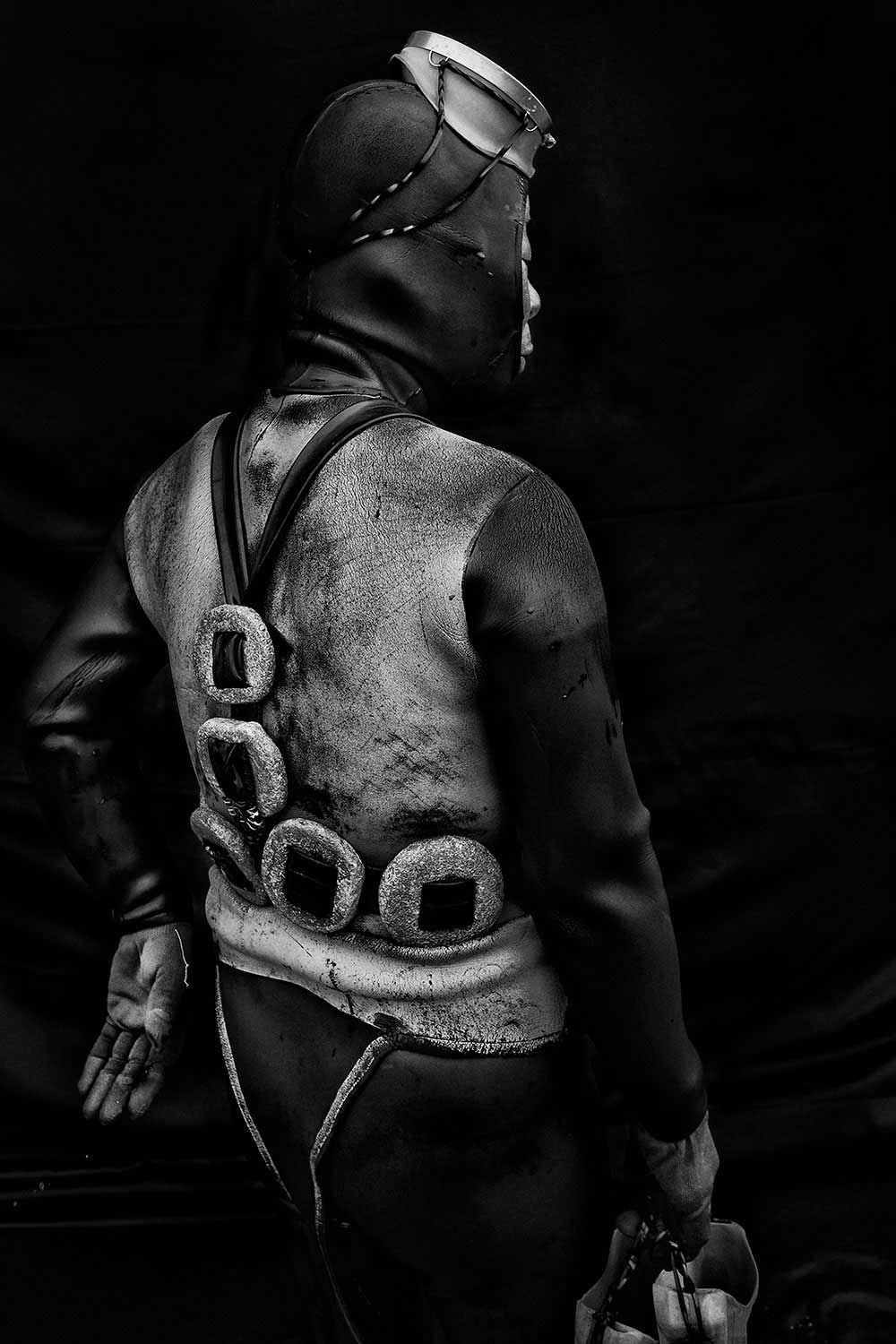Belgian photographer Alain Schroeder (b. 1955) has been working in the industry for over four decades. During his tenure as a sports photographer in the 80s, his shots appeared on more than 500 magazine covers.
Book assignments and editorial pieces with subjects as diverse as travel, art, culture and human interest followed and in 1989, he co-founded the Belgian photo agency, Reporters. In 2013, he uprooted his life, trading-in his shares in Reporters to pursue life on the road with a camera. Schroeder now travels the world shooting stories focusing on social issues, people and their environment. «I am not a single shot photographer. I think in series,» he says adding, «I strive to tell a story in 10-15 pictures, capturing the essence of an instant with a sense of light and framing.» His pictures have won many awards including three World Press Photo 1st prizes in 2018 and 2020. [Official Website][Print Edition][Digital edition]
I’d like to begin this interview by asking you about communication. After seeing these photographs for the first time, I was fascinated by the drama presented within each image, reading on about how important it was to create short conversations while you took photographs, in order to keep these women distracted. As mentioned in your statement, you seemed to have issues with communication due to previous experiences with the ‘Haenyeo’. Could you describe to us the process of asking questions, how you went about photographing these women and so on?
The first time I saw a diver coming out of the water, I was struck by her black wetsuit against a black background created by the basalt rock of Jeju. I immediately had the vision of the portraits I wanted (black on black, in black and white) and I was lucky to get them.
I attached the backdrop with ropes and rocks to the side of one of their diving houses (a small structure made of volcanic rock) because it was very windy. I chose a location that would remain shaded if there was a break in the clouds as I did not want any sun in the pictures. I used a wide-angle lens to go close with a more dramatic effect, and I used low angle shots to make the women appear stronger in the frame. The grey light was perfect to set the mood for the pictures.
I think these photographs are visually stunning. You really do get a sense of just how dangerous the activity of free diving is, especially when we look at the details of the wetsuits, the harshness of facial expressions and the almost ‘build it yourself’ approach to the tools used. The difference in the way that these brave women approach the activity of free diving is somewhat primitive and also personal in my opinion. Did you find this to be true while shooting and asking questions about their experiences?
These women wear their experience on their faces. Their lifestyle is difficult and dangerous, but it is what they have been doing their whole lives and they are proud of their traditions. The women were difficult to engage even though I had a local fixer who spoke their dialect. Many of them were indifferent. To keep them standing in front of the backdrop long enough to get the shots, I asked them to demonstrate their daily gestures of preparation and at the same time respond to questions about their lives. The idea was to keep them busy for a few minutes without just standing there.
Continuing on from my previous question, it really was a shame that a few of the women were not willing to participate during the two-day festival. Do you believe that this is because they hold their traditions to heart, not wanting to showcase to outsiders their dangerous lifestyle?
Yes, a few ladies simply refused to participate. It is the first time that people did not react enthusiastically to the pictures. I don’t really understand why as I had a young assistant who spoke their dialect and we did not make any cultural mistakes and at the end of the shooting we bought some of their seafood and ate it. I think they have too much pressure from locals (there are not many western tourists) who want to shoot selfies with them (they are celebrated as a national treasure and inscribed on the UNESCO list of Intangible Cultural Heritage) and at one point it is too much.
The fact that you photographed these women during very difficult conditions is actually, quite ironic. You are obviously not risking your own life like the Haenyeo but are similarly exposed to the conditions that may prevent the contamination and potential failure of your own gear. As you mentioned, it was in brief intervals of discussion where you could take their photos. Could you tell us about some of the challenges of photographing during these harsh conditions and your experience of being exposed to that kind of environment?
When I finally had divers willing to be photographed and permission to hang my backdrop, it started to rain and I had to shoot holding an umbrella and protect my camera. Very strong winds made conditions even more difficult, so I had to work very fast, but I was very happy as the rain gave a nice sheen on the neoprene suit.
One of the strongest images within this collection, and my personal favorite is the photograph of the woman with her back fully turned. In this image we are exposed to what appears to be weights of some sort or possibly a floating aid. I love this photograph because to me it represents just how delicately these women dance around the idea of death and danger. Could you tell us a little bit about this particular woman, possibly her name, age, the gear she was carrying…?
Oksun Kim, 80 years old, comes from Myeonsu-dong village. She has 4 children but none of them are divers. She is wearing her homemade weight belt. Oxygen tanks have been available for many years but the ecologically-minded Haenyeo continue to free dive to avoid over-fishing and to maintain the ocean’s resources. They are ahead of their time for sustainable fishing.
One of the elements that I noticed was knotting of wetsuits at the front, I assume this was purely to support what was attached to their backs, but I’d like to know if there are any traditions pertaining to the clothing before free diving. Are the women required to wear something specific as part of their traditions, possibly an amulet to make them feel protected, prayer or even meditation?
Usually they prepare their masks with a branch of mugwort a common species of aromatic plant. Like saliva or baby shampoo used by many divers, the plant leaves a film on the glass preventing condensation. Mugwort’s odor also has a calming effect on the divers. Today, this occupation is highly regulated and organized by local fisheries. Divers adhere to strict rules regarding who can dive, when, where, what they can harvest and allotted quantities. It is a difficult, risky lifestyle that is rapidly disappearing as young women choose to pursue other careers. Most of the divers told me they do not encourage their children to dive.
Thank you very much for your time and as a final question, I’d like to ask if you would ever go back and photograph these women again, possibly during a different season or without the black backdrop?
I don’t think I will go back. I’m quite happy with this project and it is different from the photos I have seen by other photographers.
Francesco Scalici
A recent MA graduate from the University of Lincoln, Francesco has now focused on landscape photography as the basis of his photographic platform. An author for DODHO magazine, Francesco’s interest in documentary photography has turned to writing and has had various articles, interviews and book reviews published on platforms such as: ‘All About Photo.com’, ‘Float Magazine’ and ‘Life Framer Magazine’. Currently on a photographic internship, Francesco has most recently been involved in the making of a short film titled: ‘No One Else’, directed by Pedro Sanchez Román and produced my Martin Nuza.



